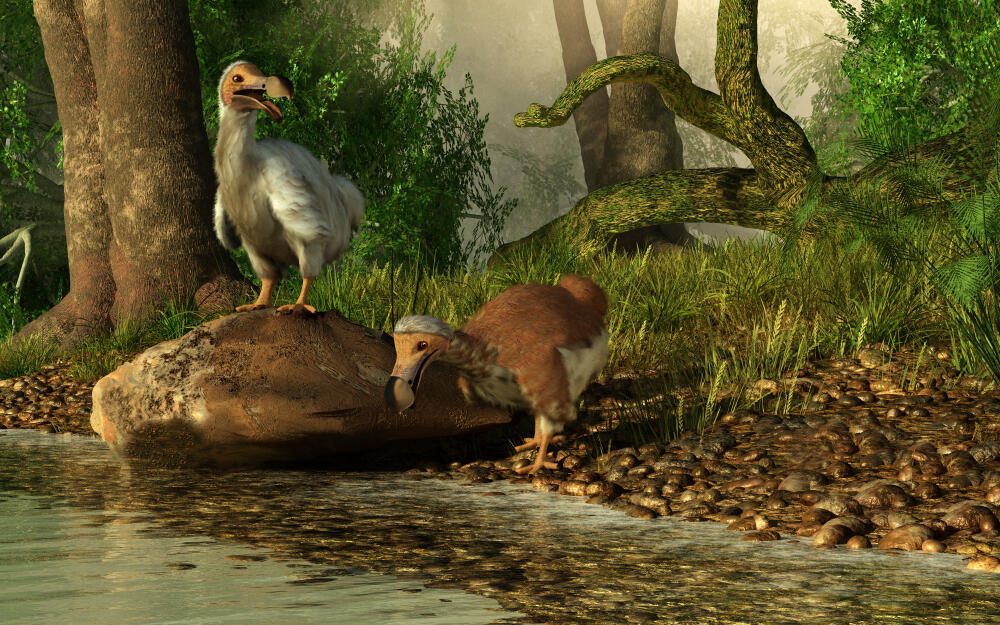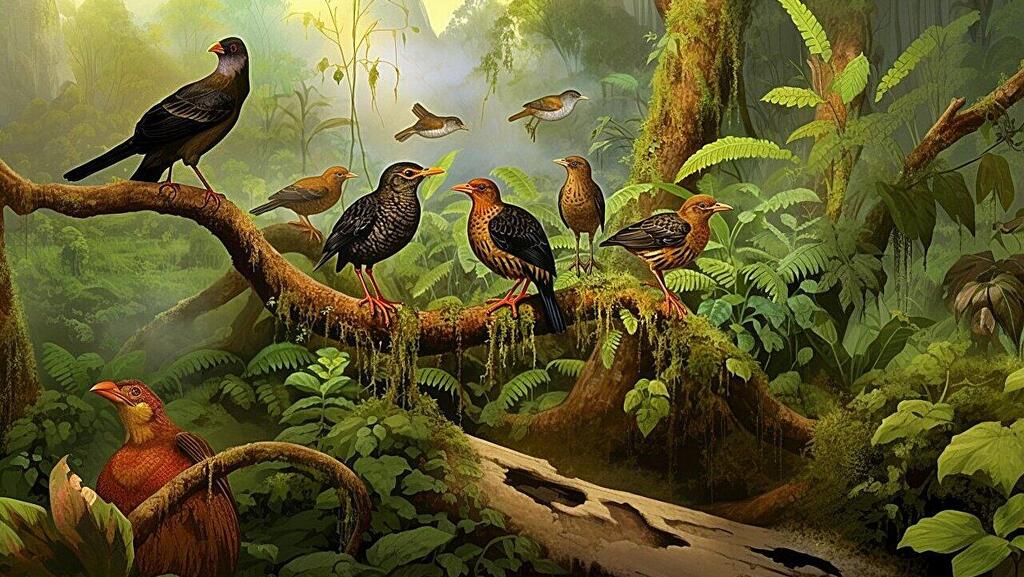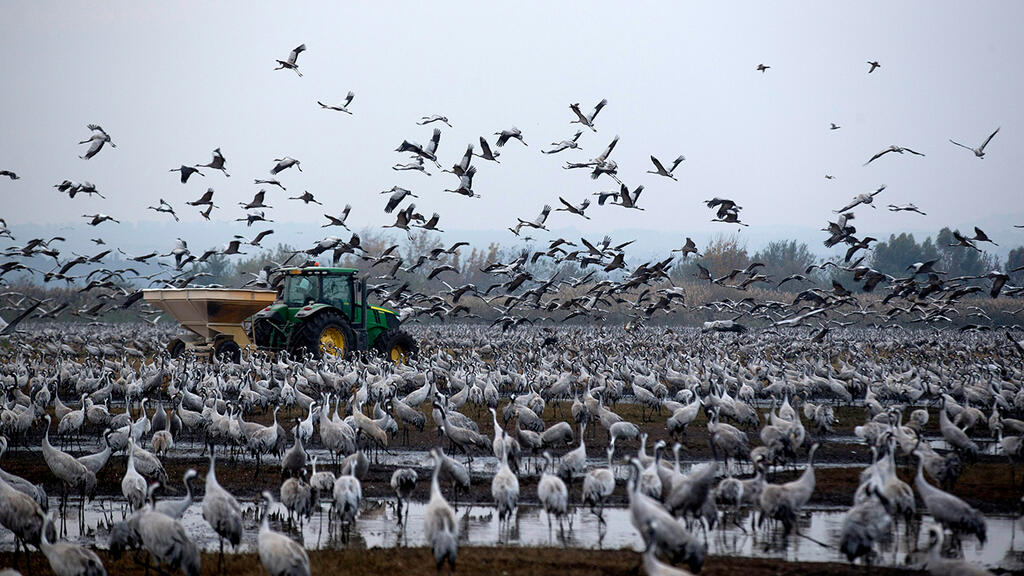Getting your Trinity Audio player ready...
New assessments on ancient extinctions
The Dodo bird (Raphus cucullatus) was first documented in 1598, when Dutch sailors first set foot on Mauritius - its only habitat. Less than a century after its discovery, the Dodo became extinct.
More stories:
The Dutch hunted the bird, cut down the forests it inhabited, and more critically: introduced non-native animals such as pigs, monkeys, and rats, which consumed its food and eggs. Today, the Dodo is a symbol of human-induced animal extinction, but the Dutch initially found it hard to believe that an animal could become extinct.
Some even claimed the Dodo never existed. It was only years later that research, documentation, and the discovery of remains in Europe provided definitive proof of the Dodo's existence and extinction. Definitive proof of its existence came with the discovery of skeletons in the process of fossilization.
Today, we know that the Dodo is just one of many bird species humans have driven to extinction. Hundreds of other bird species, mainly from remote islands, have also been wiped out following human arrival.
Large, remote islands house a wide variety of endemic animals, found exclusively there because their ancient ancestors evolved independently from populations on continents or other islands, adapting to the island's unique conditions. We are aware of these species through the discovery of fossils of 400 of them and historical records of another 200. But could there be bird species that we have eradicated and remain undiscovered?
A new research suggests that the answer is yes, and that humans have eradicated approximately 800 bird species whose fossils have yet to be discovered. Bird bones, being hollow and lightweight, tend to preserve less effectively as fossils compared to other vertebrates.
Extensive research efforts are required to uncover all bird species fossilized on a given island, and some extinct species may never have fossilized. Moreover, almost no historical records exist for birds on islands before 1500 CE, making New Zealand the only island group where researchers believe they have identified all extinct bird species.
The magnitude of these extinctions is likely to “come as a shock to many, but the sobering thing is that this estimate could actually be conservative,” says researcher Jamie Wood in an interview to the scientific journal Nature
The researchers developed a data-based model to estimate the number of extinct bird species on each island group worldwide. The model takes into account factors such as the number of fossils found in each group, the research effort invested, island climate and size, known biological diversity, the timing of human arrival, and more. Based on this data, the model estimates the number of species that became extinct before 1500 CE and remain undiscovered in each island group.
Combined with known extinctions, the study concludes that we have eradicated about 12% of bird species in the last 12,000 years, with the peak of extinctions occurring about 700 years ago upon the first human arrival on many Pacific islands.
While previous extinction waves centered around islands newly accessed by humans, today we're in the midst of a global wave of extinction. “Whether or not further bird species will go extinct is up to us,” emphasizes Rob Cooke, ecological modeler and first author of the study.
- Content distributed by the Davidson Institute of Science Education.




